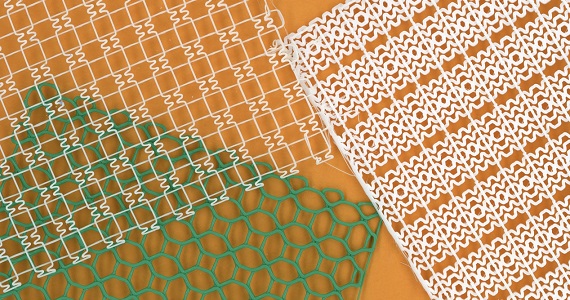Complex additive materials

We use materials chemistry, additive manufacturing, as well as computational design and learning to produce new devices and materials whose structure is controlled from the nano- to the macro-scale for enhanced function.
Publications
Printed Materials with Locally Tailored Elasticity for Compliant Wearable and Implantable Devices, S.W. Pattinson, M.E. Huber, S. Kim, J. Lee, S. Grunsfeld, R. Roberts, G. Dreifus, C. Meier, L. Liu, N. Hogan, A.J. Hart, Advanced Functional Materials 2019, 29, 1901815. DOI: 10.1002/adfm.201901815
Won 1st Prize at 2017 MIT Mechanical Engineering Research Exhibition
Won Best Poster Prize at 2017 MIT Materials Day Symposium
Additive Manufacturing of Cellulosic Materials with Robust Mechanics and Antimicrobial Functionality, S.W. Pattinson, A.J. Hart, Advanced Materials Technologies 2017, 2 1600084. DOI: 10.1002/admt.201600084
Press Coverage: MIT Technology Review, Materials Today, Science Daily, 3DPrint.com
Key contact
 Dr. Sebastian Pattinson
Dr. Sebastian Pattinson
University Lecturer in Manufacturing Processes, Systems and Organisations
Sebastian Pattinson is a University Lecturer in the Department of Engineering at the University of Cambridge developing 3D printed medical devices and learning 3D printing systems. Before joining the Department, Sebastian was a postdoctoral fellow in the Department of Mechanical Engineering at MIT where he developed 1) new additively manufactured devices whose structure and composition are designed to improve interaction with the human body 2) scalable and sustainable methods for 3D printing cellulose, the world's most abundant organic polymer. He received Ph.D. and Masters degrees in the Department of Materials Science & Metallurgy at the University of Cambridge, where he developed synthesis methods to control the structure and function of nanomaterials. His awards include a US National Science Foundation postdoctoral fellowship; UK Engineering and Physical Sciences Research Council Doctoral Training Grant; MIT Translational Fellowship; and a (Google) X Moonshot Fellowship.









